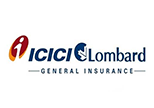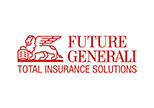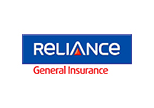Difference Between First Party And Third Party in Car Insurance
What is The Difference Between First Party and Third Party Insurance? First Party in car insurance refers to the policyholder. First Party in car insurance refers to the policyholder.
What is First Party In Car Insurance?
First Party in car insurance refers to the policyholder. This is the person who has purchased the insurance policy and who has signed the contract with the insurance company. The First Party is the person to whom the insurance company is responsible for paying the coverage in case of damages.
What is Third Party insurance?
In car insurance, Third Party refers to a party who is not included in the insurance policy and who sustains some damages due to the actions of the policyholder. For example, if you, the policyholder, gets into an accident involving a stranger, this person would be the Third Party for the purpose of covering damages and raising a claim with the insurance company.
Difference Between First Party And Third Party in Car Insurance
There are many differences to be found between first party and third party when it comes to car insurance. As has been mentioned, the first party can be anyone who owns a vehicle and purchases insurance for it. The third party car insurance is anybody who has been involved in some accident with the insured’s car, and has sustained some property damage or bodily injury resulting from it.
A third party would be mandatorily insured by the first party’s insurance, as it is compulsory according to law to purchase at least a third party car insurance. However, the first party themselves would not be guaranteed insurance unless they have been proactive and purchased a personal accident cover to get insurance coverage for themselves.
Another key difference is the process of claim settlement. In First Party damages, the only party involved is the policyholder, and thus the claims are settled by the insurance company itself. However, in Third Party or Liability Only Cover, when damages are caused to a party other than the policyholder, the claims involve an additional party and therefore are settled by the MACT (Motor Accident Claims Tribunal). In order to settle a claim it is important for the third party to register an FIR (First Information Report) with the police as well as inform the MACT.
Takeaway
In a nutshell, a policyholder who has entered into a contract with the insurance company is the first party. If the vehicle of the first party meets an accident that involves additional persons, those additional persons would be referred to as third parties.
You May Also Like To Read:
Mistakes to Avoid When Buying Car Policy Online
Cashless Car Insurance Claims Explained
Tips To Safe Driving In Heavy Rains
Useful Tips For Better Car Fuel Management
Disclaimer: This article is issued in the general public interest and meant for general information purposes only. Readers are advised not to rely on the contents of the article as conclusive in nature and should research further or consult an expert in this regard.














































